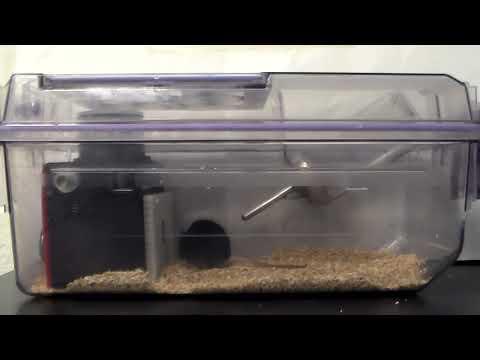Collaborators
Project Brief
Rodents are used in large numbers at research institutions aiming to understand mechanisms of disease and develop new therapies. To assess a research hypothesis or treatment efficacy, for example, the behavior and welfare of the animal must be monitored. Traditional methods for behavior assessment rely on trained staff specialists performing daily checks of each cage. Given the large number of cages housed in each institution, these manual checks are laborious and susceptible to bias. Video-based methods have been employed to automate the assessment. However, the current state-of-the-art in video-based rodent monitoring methods limits scalability for many practical reasons including expense, processing accuracy, and required data bandwidth.
In collaboration with NIDDK, OD Division of Veterinary Resources, and the FDA, SPIS engineers are developing a low cost, low data rate, sensor-based “smart cage” system to advance rodent monitoring capabilities. The Large Scale Sensor-based System for Mouse Cage Environment Monitoring (MIOS) project aims to provide a flexible, reliable, cost-saving internet-enabled system enabling a conventional rodent cage to be converted into a smart cage. The smart cage will assess food and water intake, activity, and environmental conditions inside the cage. The acquired data will be wirelessly uploaded in real-time to a cloud-based server for visualization and analytics. Using a web- or mobile-based platform, users will be able to remotely monitor animal studies, and receive alerts of homecage anomalies (e.g., low rodent activity). Initially, MIOS aims to facilitate the collection of sensor data from hundreds of cages over long durations. These smart cage metrics, some previously unavailable to researchers and animal facility staff, can reveal key factors affecting rodent care, and result in process improvements for monitoring rodent health and well-being. Overall, the MIOS project carries the promise of improving the quality of care for research animals, reducing the operating costs of animal facilities, and improving research reproducibility across animal facilities and institutions.

Tech Transfer
NIDDK Technology Advancement & Transfer - MÍOS: Better Animal Care for Better Research

